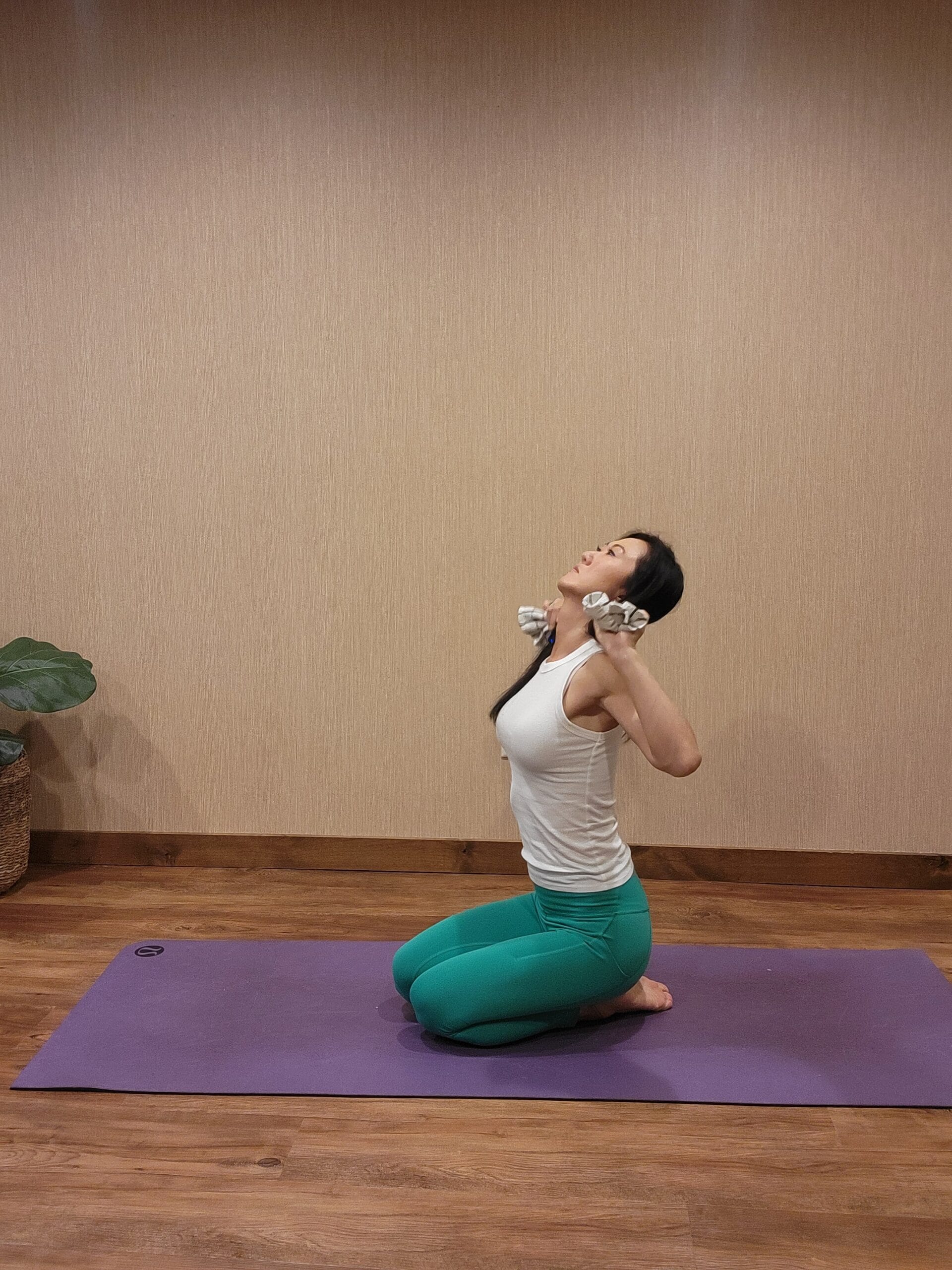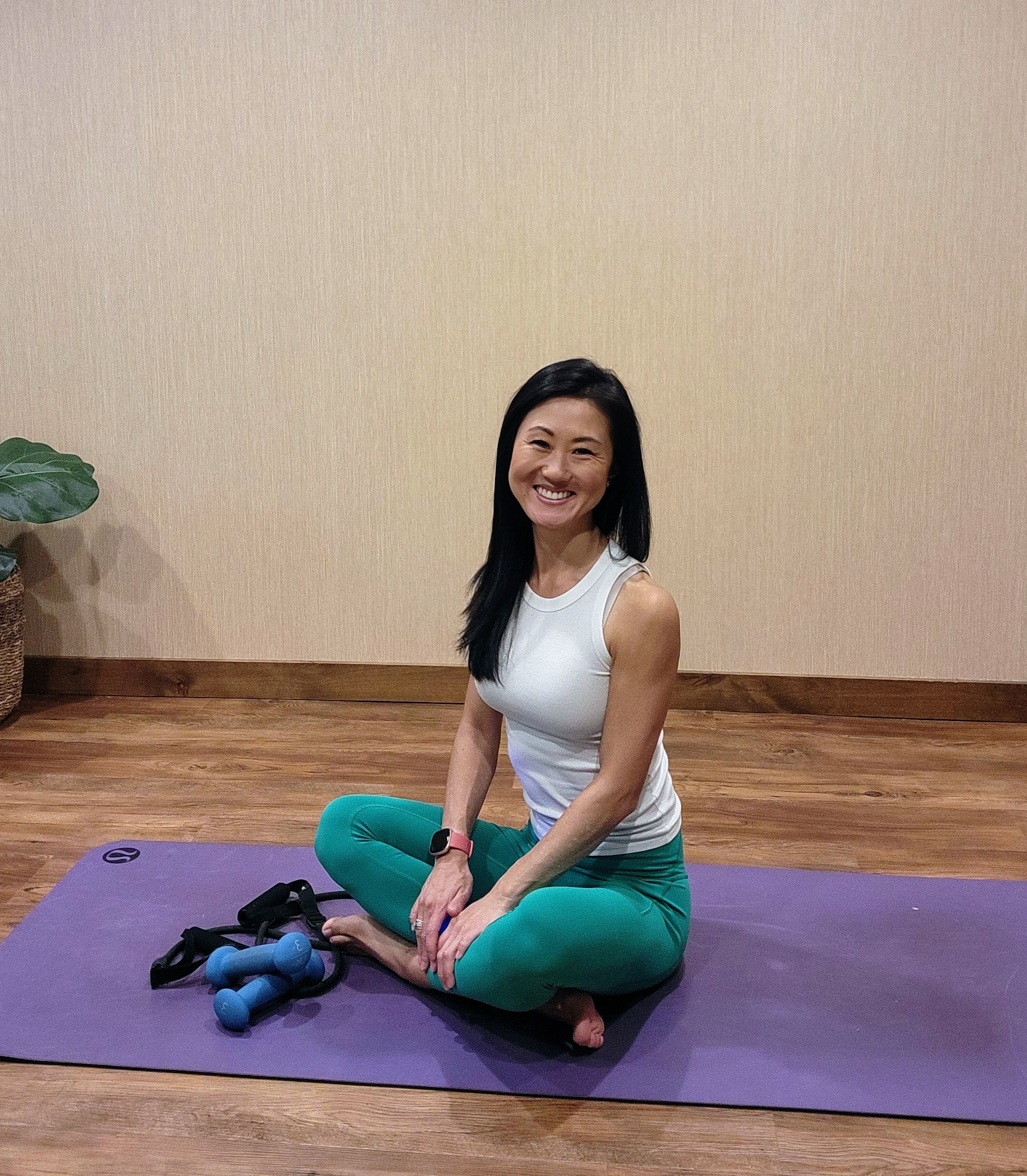As a chiropractor and a yoga instructor, I’ve always been a firm believer in the power of a well-rounded morning routine. One crucial aspect that often gets overlooked is incorporating a mobility-focused workout to kick-start your day.
In this comprehensive guide, I’ll walk you through the benefits of a morning mobility routine, the different types of exercises to explore, and how to design a personalized routine that will leave you feeling energized, flexible, and ready to conquer the day ahead.
Introduction to Morning Mobility Routines
Mobility is the ability to move your joints and muscles through their full range of motion with control and ease.
A morning mobility routine focuses on gently warming up your body, improving joint flexibility, and enhancing overall movement quality.
By dedicating just a few minutes to this practice, you can set the tone for a productive and energized day.
Benefits of Incorporating a Morning Mobility Routine
Incorporating a morning mobility routine into your daily schedule can offer a multitude of benefits, both physical and mental.
Some of the key advantages include:
- Improved Flexibility and Range of Motion: Regular mobility exercises can increase the flexibility of your muscles and joints, allowing for greater ease of movement throughout the day.
- Enhanced Posture and Alignment: A mobility routine can help identify and address any imbalances or restrictions in your body, leading to better posture and spinal alignment.
- Reduced Risk of Injury: By warming up the body and increasing mobility, you can lower your risk of experiencing strains, sprains, or other movement-related injuries during your daily activities or workouts.
- Increased Energy and Alertness: Starting your day with a mobility routine can help you feel more awake, focused, and energized, setting you up for a productive and successful day.
- Stress Reduction: Engaging in mindful movement and breath work during a mobility routine can have a calming effect, helping to reduce stress and promote a sense of well-being.
Understanding Mobility Exercises for Beginners
If you’re new to the world of mobility training, it’s important to start with simple, beginner-friendly exercises that target the major muscle groups and joints.
These functional movements may include:
- Dynamic Stretches: Controlled, active movements that gently stretch and warm up the muscles, such as arm circles, leg swings, and torso twists.
- Joint Mobilizations: Gentle, controlled movements that target specific joints, like shoulder rolls, ankle circles, and hip circles.
- Spine Mobility Exercises: Exercises that support and strengthen the core and spine. Including back extensions, planks and dynamic stretches for the spine.
- Body weight Exercises: Exercises that use your own body weight to challenge mobility, such as squats, lunges, and push-ups.
- Foam Rolling: Using a foam roller to massage and release tension in the muscles, improving overall mobility and flexibility.
As you become more comfortable with these basic exercises, you can gradually incorporate more advanced mobility exercises into your routine.
Exploring Different Types of Mobility Training
Mobility training encompasses a wide range of techniques and approaches.
Here are some of the most common types of mobility training to consider:
- Static Stretching: Holding a stretch for a prolonged period to increase the flexibility of the targeted muscle.
- Dynamic Stretching: Controlled, active movements that gently stretch and warm up the muscles.
- Proprioceptive Neuromuscular Facilitation (PNF) Stretching: A technique that involves contracting and relaxing the muscles to enhance flexibility.
- Myofascial Release: Using tools like foam rollers, lacrosse balls, or massage guns to target and release tension in the fascia (connective tissue).
- Yoga and Pilates: Practices that incorporate a combination of mobility, strength, and balance exercises to improve overall movement quality.
Experiment with different types of mobility training to find the approaches that work best for your individual needs and preferences.

A Flexibility Workout for Improved Mobility
To get you started, here is a 10-minute flexibility workout that you can incorporate into your morning routine:
- Neck Rolls: Slowly roll your neck in one direction, then the other, 5 times each way.
- Shoulder Circles: Perform 10 slow, controlled shoulder circles forward and 10 backward.
- Torso Twists: Sit or stand with your feet hip-width apart, then twist your torso from side to side, 10 times each way.
- Leg Swings: Holding onto a wall or chair for balance, swing one leg forward and back, 10 times per leg.
- Calf Raises: Raise up onto your toes, then lower back down, 15 times.
- Ankle Circles: Slowly circle your ankles 10 times in each direction.
- Seated Forward Fold: Sit on the floor with your legs extended, then fold forward, reaching for your toes, and hold for 30 seconds.
Repeat this sequence 2-3 times, focusing on slow, controlled movements and deep breathing throughout.
Designing a Morning Mobility Workout Routine
To create a well-rounded morning mobility routine, consider incorporating a variety of exercises that target different muscle groups and joint movements.
Here’s a sample routine you can try:
- Warm-Up (5-10 minutes): Begin with dynamic stretches like arm circles, leg swings, and torso twists to gently warm up your body.
- Joint Mobility (5-10 minutes): Perform exercises that target specific joints, such as shoulder rolls, hip circles, and ankle circles.
- Strength and Stability (5-10 minutes): Include body weight exercises that challenge your mobility, like squats, lunges, and push-ups.
- Flexibility (5-10 minutes): End with static stretches or a yoga-inspired flow to improve overall flexibility.
Remember to listen to your body and adjust the duration and intensity of each section as needed.
The key is to create a routine that feels comfortable and energizing for you.

Incorporating a Morning Yoga Flow for Increased Flexibility
Integrating a morning yoga flow into your mobility routine can be a powerful way to improve flexibility, balance, and mindfulness. This is what I do most mornings to start my day and it doesn’t take very long!
Start with a simple 10 minute morning yoga flow sequence that targets the major muscle groups and joints, such as:
- Mountain Pose: Stand tall with your feet hip-width apart, focusing on your breath and posture.
- Forward Fold: Hinge at the hips to fold your torso over your legs, letting your head hang heavy.
- Plank Pose: Hold a strong plank position, engaging your core and focusing on your alignment.
- Downward-Facing Dog: Lift your hips up and back, lengthening your spine and feeling the stretch in your hamstrings and calves.
- Warrior I: Step one leg forward, sinking into a lunge and raising your arms overhead.
- Pigeon Pose: Bring one knee forward, placing the shin on the floor, and fold your torso over your front leg.
- Child’s Pose: Sink your hips back toward your heels, allowing your forehead to rest on the floor and your arms to extend in front of you.
Repeat this sequence 2-3 times, moving slowly and mindfully, and focusing on your breath throughout.

Targeting Hip Mobility with Specific Exercises
The hips are a crucial joint for overall mobility and movement, so it’s important to include exercises that target this area in your morning routine.
Some effective hip mobility exercises include:
- Knee Hugs: Lie on your back, hug one knee into your chest, then switch legs.
- Pigeon Pose: As mentioned in the yoga flow, this pose targets the hips and can be done on both sides.
- Frog Pose: Squat down with your knees wide and your toes turned out, then lower your hips toward the floor.
- Clamshells: Lie on your side with your knees bent, then raise your top knee while keeping your feet together.
- Hip Circles: Stand with your feet hip-width apart, then make slow, controlled circles with your hips in both directions.
Incorporate 2-3 of these exercises into your morning mobility routine, focusing on slow, controlled movements and proper form.
Here are some Hip Flexor Strengthening Exercises to help build strength and stability. Need to focus on flexibility first? Try these Hip Mobility Stretches!
Looking to increase flexibility in your entire spine? Check out these spine mobility exercises.

A Morning Stretch Routine to Wake Up Your Body
In addition to the mobility exercises, a simple stretching routine can help you wake up your body and prepare it for the day ahead.
Short on time? Here’s a 5-minute mobility sequence to try:
- Seated Forward Fold: Sit on the floor with your legs extended, then fold your torso over your thighs, reaching for your toes.
- Reclined Twist: Lie on your back, then draw your knees in toward your chest and let them fall to one side, creating a gentle twist in your spine.
- Butterfly Stretch: Sit with the soles of your feet together, then gently press your knees down toward the floor.
- Wrist Circles: Extend your arms in front of you, then make slow, controlled circles with your wrists in both directions.
- Neck Stretch: Tilt your head to one side, then use your hand to gently pull your head toward your shoulder.
Repeat this sequence 2-3 times, focusing on your breath and allowing your body to relax into each stretch.

Creating the Best Morning Stretches for a Productive Day
To ensure your morning mobility routine leaves you feeling energized and ready to tackle the day, consider incorporating some of these “wake-up” stretches:
- Overhead Arm Raises: Stand with your feet shoulder-width apart, then raise your arms overhead, reaching up toward the ceiling.
- Chest Opener: Interlace your fingers behind your back, then gently squeeze your shoulder blades together to open up your chest.
- Spinal Twists: Sit or stand with your feet hip-width apart, then twist your torso from side to side, looking over your shoulders.
- Calf Raises: Stand with your feet hip-width apart, then raise up onto your toes, lifting your heels off the floor.
- Ankle Circles: Lift one foot off the floor, then make slow, controlled circles with your ankle in both directions.
These dynamic stretches can help increase blood flow, improve posture, and leave you feeling alert and ready to conquer the day.
Enhancing Your Morning Routine with a Workout
While a focused mobility routine is a great way to start your day, you can take it one step further by incorporating a short workout as well.
This could include a mix of strength training, cardio, and even a quick HIIT (High-Intensity Interval Training) session.
The key is to keep the workout relatively brief (15-30 minutes) and to choose exercises that complement your mobility work.
For example, you could include:
- Bodyweight Exercises: Squats, lunges, push-ups, and core-strengthening moves.
- Cardio Bursts: Jumping jacks, high knees, or even a quick jog in place.
- HIIT Intervals: Alternating periods of high-intensity effort with periods of active recovery.
By blending your morning mobility routine with a mobility workout routine, you’ll not only improve your overall physical fitness but also set the tone for an energized, productive day.

Conclusion: Start Your Day Right with an Energizing Morning Mobility Routine
Incorporating a morning mobility routine into your daily schedule can be a game-changer when it comes to feeling your best and setting the tone for a successful day.
By taking the time to gently warm up your body, improve your flexibility, and enhance your overall movement quality, you’ll experience a multitude of benefits, from reduced injury risk to increased energy and focus.
Remember, the key is to find a routine that works for you and your individual needs. Experiment with different exercises, types of mobility training, and durations to discover what leaves you feeling your absolute best.
With a little consistency and dedication, your morning mobility routine can become a transformative part of your daily self-care practice.


Pingback: Resistance Band Back Exercises For a Strong and Sculpted Back
Pingback: The Ultimate Strength Training Guide for Women: Build Muscle and Boost Confidence